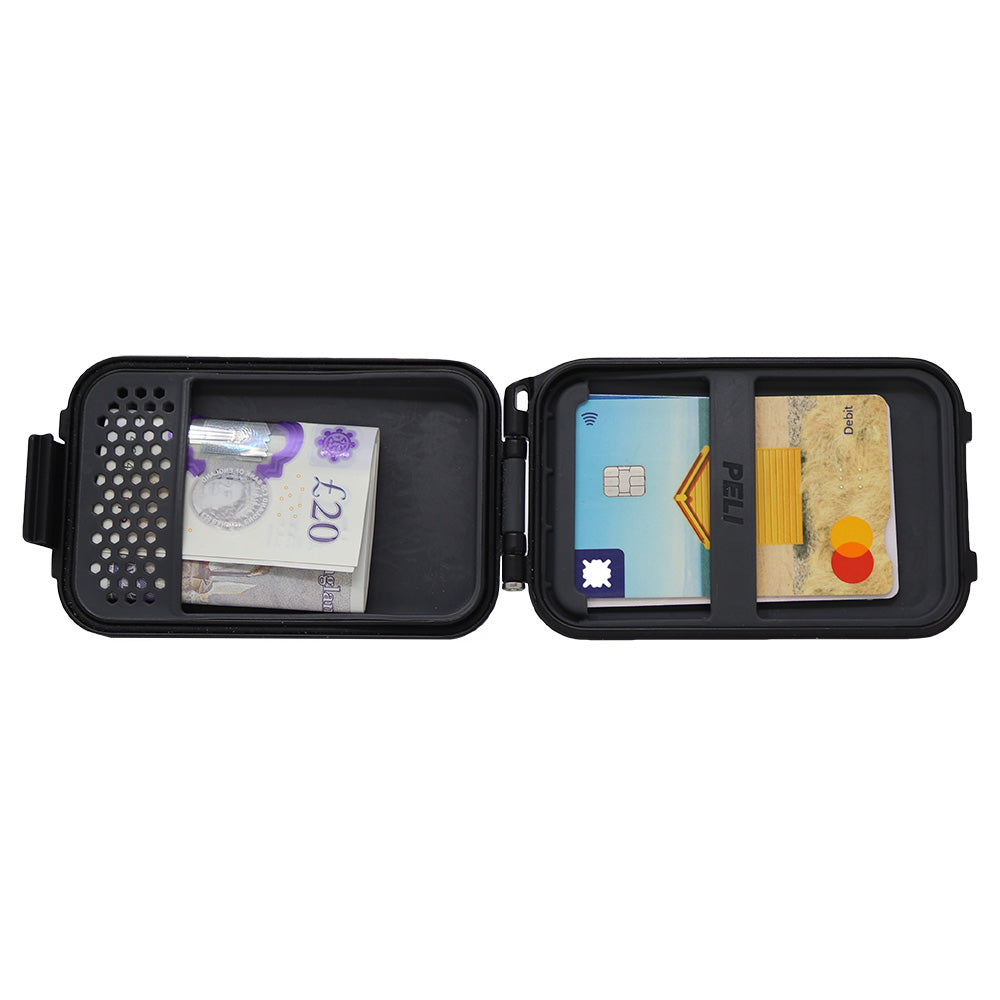An interview with Lynne Cameron, Sports Photographer

Lynne Cameron is a top sports photographer, specialising in football and rugby. Lynne travels the length and breadth of the country capturing iconic sporting moments.
Interviewing Lynne, she highlights the importance of the research into the sports teams and sports themselves, prior to snapping away during a match.
We discovered just what inspired Lynne to become a photographer and why she was drawn to the sports photography niche.
Why did you choose to become a photographer?
I was always fascinated by photography and remember sitting with my great grandfather looking at old pictures.
One in particular sticks in my mind - he was one of seven and there was a picture of the whole family, except he explained that his eldest brother had actually died in the war and they had added him into the picture - I was amazed.
Despite messing around with photography using my dad’s Canon camera and developing pictures in the darkroom at the local newspaper, I had always wanted to be a history teacher so I went to university.
However, by the second year, I had realised photography was something that I could do as a career.
What drew you to focus on sports photography as your niche?
That was really easy - my grandfather was a sports buff and passed that love on to me so I combined my two loves, sport and photography.
What equipment do you typically take with you on a shoot?
To a sporting event, I will take 3 Canon 1dx Mark II cameras - One each for the 400/f2.8 and 70-200/f2.8 lenses. Depending on the event, the third body will either be a remote typically behind the goal or at my feet with a 16-35/f4 lens, just in case of a really close celebration or a general view.
I will then have my laptop, wireless transmitters, flash, batteries and a variety of cables for transmission of the images.
All nicely safely stored in my Peli case, which often doubles as a seat or a laptop table.
If I am doing more of a feature or portrait shoot I will also use my ProFoto lights.
If you’re looking to update your own photography kit, have a look at our range of waterproof memory card cases. These micro cases are small enough to slot neatly into your kit and will help to keep your high capacity memory cards safe from damage.
To you, what key components make the perfect sports photography shot?
That’s a really hard question, I think the perfect sports shot is dependent on the event.
Often you are trying to take the best shot you can in the environment you’re working in. This is influenced by things like lighting, working positions and equipment.
Accept that you might not always get the best sports shot but make the most of your position, for example, if the celebration goes away from you, think about what else is important - is it dejection, the manager, the referee or even the weather. Often you’re guessing what the journalist will be writing about and trying to illustrate that story.
I was sent to cover a Hearts v Celtic match a few years ago and when Gary Hooper scored for Celtic, I had the goal but the celebration was in the back of the net with a pile of players. I instinctively turned my camera on to the manager Neil Lennon, who I knew often gestures after goals are scored. At that point, a fan broke through security and attacked him. There were around thirty photographers at that match and I was the only one to capture the incident - it made all the front and back pages the next morning.
Last season, Raheem Sterling scored a 97-minute winner for Manchester City right in front of me, but decided to turn away and run the full length of the pitch to celebrate - I quickly realised that picture was gone and turned just in time to see Pep Guardiola running and jumping on the pitch...that type of celebration for a manager is much more uncommon than a player, so I was really pleased to have captured it.
However, the basic overall settings, balancing speed and aperture are key. I always shoot manual - I prefer to be able to quickly adjust the settings if the light changes or if a player runs into a dark area of the pitch.
Once you have the right settings then ideally get close, look for clean backdrops and balance your composition in the frame.
I think that timing, eye contact and raw emotion really bring sports photographs to life.
Then the big one - luck!

What words of wisdom would you give to budding photographers looking to focus on sports photography?
Don’t give up, it’s a hard career choice but it’s also the best job in the world.
Believe in yourself, try not to compare yourself with others. It’s good to look at other photographers’ pictures, but in the age of social media, it’s important not to be too self critical.
Don’t be afraid to try new things. Even if they don’t work first time, keep practising, keep learning, find a style and a niche that you love and work hard.
Treat each event as a story - tell the story from your position and point of view, not just a series of similar action shots.
Be tenacious - ask photographers you admire or follow for work experience or feedback.
You will get knock backs but dust yourself off and the rewards will come.
Above all, treat people well - a lot of photography is about getting the subjects’ trust. Once you have that, your pictures will improve.
Why should budding photographers choose a career in sports photography?
Because you’ll love it. As I said, it’s hard so you have to want to do it, but it’s the best job in the world and gives you opportunities to travel, meet people and you’ll find yourself in the most privileged situations.
I always say when I grow up I will get a real job, after all getting paid to capture sporting events isn’t like a job - I’m happy to say I haven’t grown up yet!
How do you prepare before heading out on a shoot? What considerations do you have to make?
Think about what you are attending - check everything is fully charged and packed up at least twice!
Look at the local weather forecast and take appropriate clothing and supplies. If you are caught out by weather or are hungry, it takes your focus off the event - you can’t concentrate if you’re wet and cold and sitting in a puddle of water.
If it’s an event, know the key points - it sounds really simple but things like new players, first caps and players on yellow cards all help with telling the story of the match.
I remember photographing Manchester United a few season ago - Wayne Rooney got booked. I took quite a few frames for a yellow card, and the guy next to me said “it’s only a yellow card” - “yes”, I said, “but it means he misses the next match and he won’t get to play against his boyhood team Everton one last time.”
I read the pre-match preview before I went to Old Trafford and it gave me an edge.
If you’re shooting a portrait, think of a few questions to ask the sportsperson to break the ice. Take an interest in your subject.
Then, if you have done your all your prep to the best of your ability, be prepared to have to change it all and think on your feet and quickly. Being a sports photographer isn’t always perfect and the nature of not knowing what’s going to happen means you have to be flexible and calm.
Would you recommend focusing on one sport or a variety? Why?
There’s no correct way - often people find a niche in an area that interests them and they then work on this as a way into more general sports photography. The principals are the same, whatever you are photographing, be it sport, weddings, wildlife, news etc.
If you specialise, you can really gain an insight and depth from the practice and knowledge.
However, variety is great and the more flexible and prepared to try to do new things you are, the more opportunities there could be.
What unique selling point do you present in your sports photography? What makes you stand out from the competition?
I have been extremely lucky to have been the official photographer for three amazing organisations - Rangers FC for 9 years, Scottish Rugby Union for 4 years and currently The Lionesses - I don’t know of any other photographer who has been privileged enough to have this position or experience at multiple sports teams, so I guess that’s what makes me stand out.
Photographing for an sporting institution is a very specialist area. The key is building strong relationships, respect, trust and then taking quality photographs!
Are there any specific tools or tricks you tried out to develop your sports photography skills?
Think of little projects - all the different coloured boots, the fans, the journey to the match - anything that will make you stand out.
Only use one lens and use your legs and viewpoint to give variety.
Don’t be afraid to try something - slow shutter speed, a high viewpoint, a remote camera - if it doesn’t work, think about how it will the next time and just take pictures.
Take risks - sit away from everyone - I went to an England Georgia rugby match and I decided to sit bang in between the posts, as Chris Ashton had been swallow diving as a celebration. England were heavy favourites and I took the risk of getting that one shot, rather than sitting on the corner flag where most of the tries happen. It worked - nobody else had as good an angle and at the next match, three photographers were in the same spot I had previously chosen.
Work hard and dream big!
We’d like to say a big thanks to Lynne for her fascinating insights into the sports photography niche and her top tips. Make sure to check out Lynne's website if you want to keep up with her sports photography!
If you’re looking for a way to keep your camera equipment damage free when travelling, a protective camera case from Peli is ideal for keeping everything together, securely!






Leave a comment